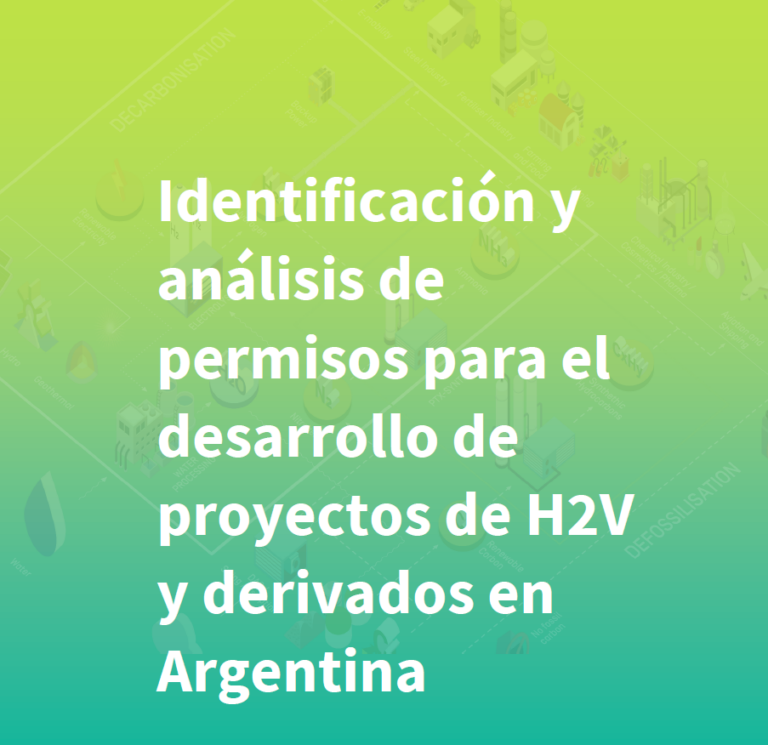Streamlining Permits and Fast-track PtX / GH2 in Argentina
A new study maps a permitting framework to fast-track green hydrogen and PtX projects in Argentina.
Clear rules and a predictable permitting system for new hydrogen and PtX projects can reduce regulatory risks, shorten the time to investment decisions, and strengthen a country’s position in the emerging global hydrogen and PtX market. To support this, the International PtX Hub Argentina has published a new study mapping the full range of approvals developers must obtain. The goal is to reduce uncertainty, streamline procedures, accelerate project implementation, and provide recommendations to regulatory authorities and the public sector to optimize permitting and authorization processes.
What the study delivers
The report identifies and analyses the permits and authorizations required across national, provincial and municipal levels. It covers environmental and safety approvals, land use and construction, grid connection, hazardous substances, and port infrastructure. To make it concrete, the report uses a model hydrogen-and-ammonia site with 1 GW of electrolysis in Comodoro Rivadavia, Chubut.
Scope at a glance
- Production of green hydrogen and green ammonia
- Desalination and water systems
- Port terminals for storage and export of derivatives
Key results
1) A complex federal setup that demands coordination
Argentina’s federal structure involves multiple authorities and a regulatory framework at different levels. Provinces hold original ownership of natural resources, the national government sets minimum environmental standards, and municipalities manage zoning, infrastructure and local regulations. Successful projects implementation requires anticipating these layers and planning for coordination from day one.
2) A complete permit inventory
The study lists more than 25 permit types grouped into five buckets:
- Environmental approvals such as the Environmental Impact Statement (Declaración de Impacto Ambiental) and, where applicable, the Annual Hazardous Waste Management Permit (Certificado Ambiental Anual) and the environmental liability insurance
- Land use, construction and grid connection for large users
- Handling of hazardous substances including chemical operator registrations
- Industrial safety and occupational health requirements
- Port infrastructure and terminal authorisations
3) Environmental Impact Assessment is the gatekeeper
The Declaración de Impacto Ambiental is the core prerequisite for project approval. It requires comprehensive documentation and inter-institutional review. In Chubut, the EIA procedure and decision flow are set out in detail in the report
4) Bottlenecks and quick wins
Challenges include fragmented procedures, varying municipal roles and limited regulatory experience with first-of-a-kind hydrogen projects. The study points to practical fixes: shared information portals, standardised templates, digital intake, and targeted capacity building for authorities and developers
5) What timelines to expect
The report’s permitting flow shows indicative durations. Development-stage approvals often take four to eight months. Construction-stage permits including port-related steps can add roughly one year, with some renewals required again for operations
Recommendations to accelerate projects
- Issue a national guideline that clarifies the permitting pathway for green hydrogen and PtX
- Pilot a one-stop service for environmental and industrial approvals
- Digitalise submissions and status tracking to improve transparency
- Formalise coordination between municipal and provincial authorities
- Embed hydrogen-specific risk and safety practices in standards and reviews
